The Heartbreaking Life and Tragic End of the Hilton Sisters: Daisy and Violet’s Untold Story
Some stories from history feel so extraordinary they almost sound like fiction. The lives of Daisy and Violet Hilton, conjoined twins born in 1908, belong in that category. They were talented, beautiful, and charismatic, but their journey was shaped as much by exploitation and heartbreak as it was by applause and fame. Their story is both inspiring and deeply tragic, a reminder of how society once treated those who were “different.”

Born Into Struggle: The Early Years
Daisy and Violet Hilton entered the world in Brighton, England, joined at the hip. Their mother, overwhelmed and unwilling to raise them, sold the girls to Mary Hilton, a barmaid who saw them not as children but as a source of profit. From the moment they could walk, the twins were paraded in pubs and freak shows. Posters, photographs, and tickets to “see the Hilton sisters” became Mary’s goldmine.
When Mary died, the twins were left not to a loving guardian but, shockingly, to her daughter Edith, as though they were property written into a will. Childhood, for Daisy and Violet, was never theirs—it was commodified, their innocence stolen in exchange for spectacle.
Video : The Tragic Love Story of Conjoined Twins
Breaking Free: From Sideshow to Stardom
By their teenage years, Daisy and Violet had become polished performers. They could sing, dance, and even play musical instruments. Their musical revues in the United States and Europe showcased their charm and undeniable talent. Unlike the gawking curiosity of their sideshow days, audiences now applauded them for their artistry.
Yet behind the curtain, exploitation continued. Managers pocketed the profits, while the sisters received little. Finally, after years of being controlled, Daisy and Violet fought a legal battle to gain independence. They won, but the years of mistreatment left deep scars.
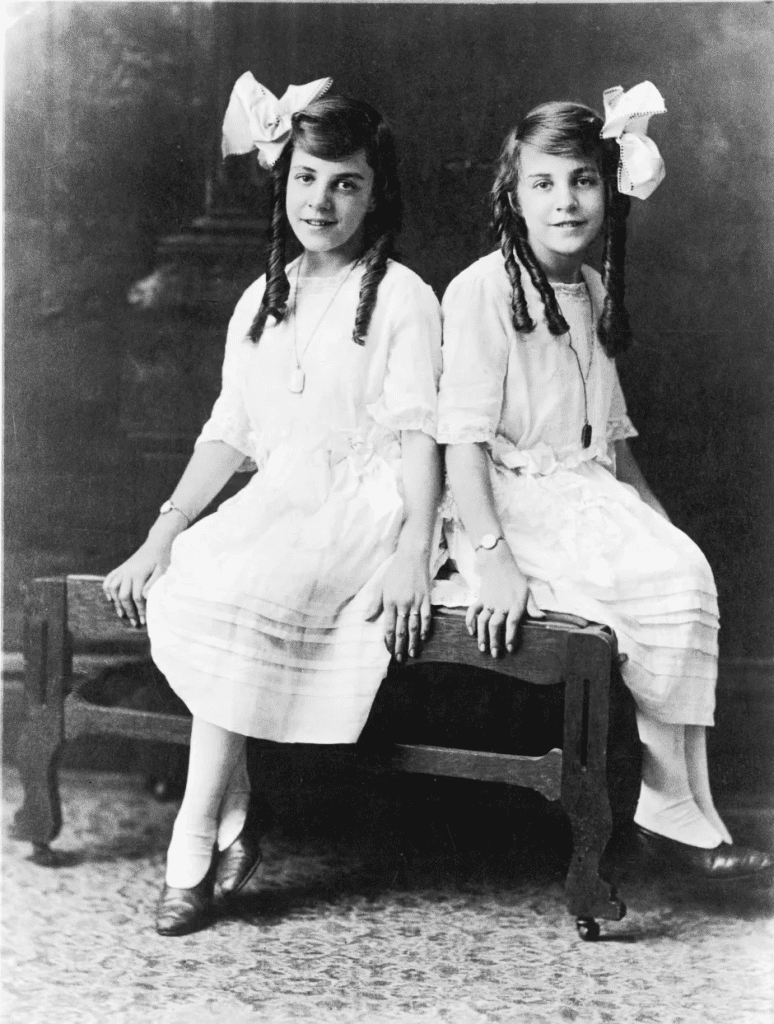
Love Denied: Heartbreak in the Public Eye
For all their fame, Daisy and Violet longed for something simple—love and companionship. Violet fell in love with actor Maurice Lambert and applied for a marriage license in New York. The request was denied solely because of her physical condition. Daisy married another actor, Harold Estep, but the union was annulled almost immediately.
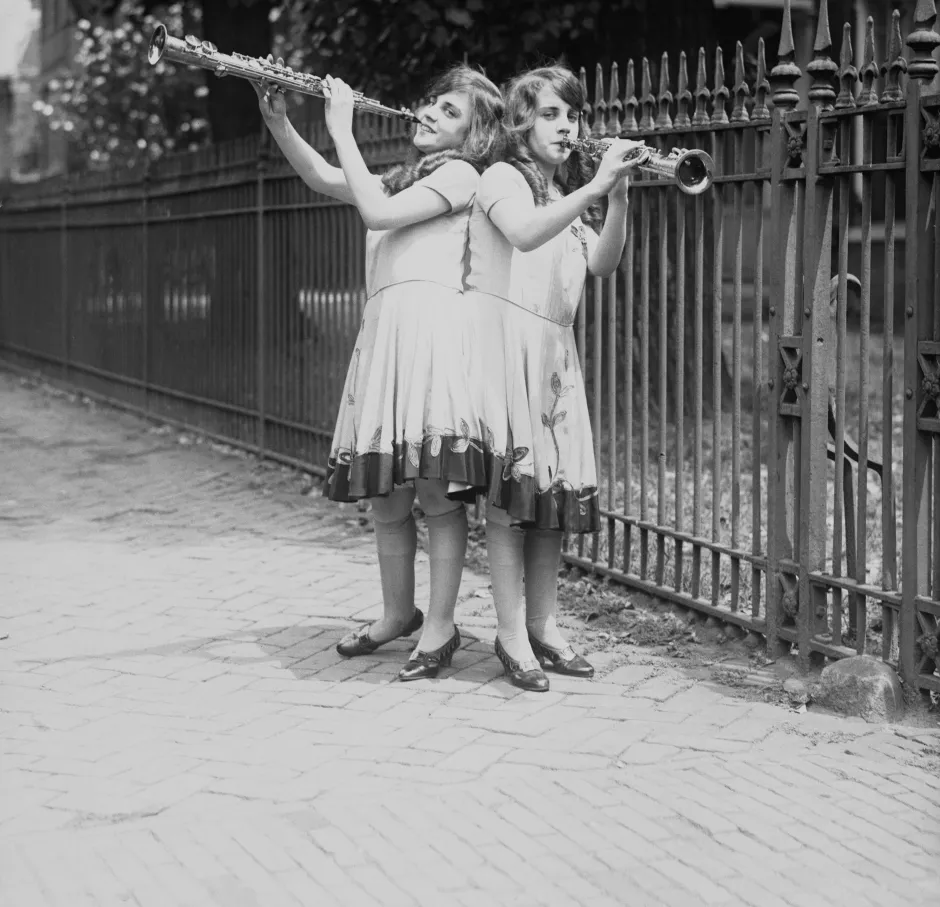
The world saw them as entertainers but refused to accept them as women with the right to marry, to love, and to build families. The pain of rejection became one of the defining struggles of their lives.
From Fame to Poverty: The Final Years
The sisters’ popularity soared in the 1920s and 1930s. They toured with vaudeville shows and even appeared in films, including the cult classic Freaks (1932). But show business is fickle. By the 1960s, their fame had faded, and mismanagement left them penniless.
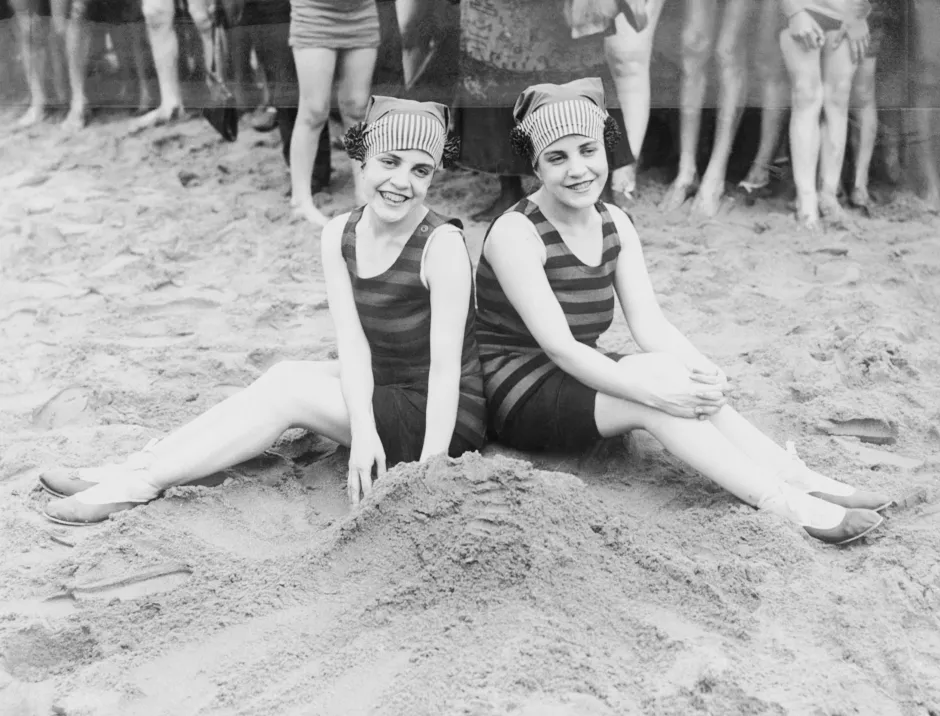
Their last public appearance was at a drive-in theater in Charlotte, North Carolina. Afterward, they took jobs at a grocery store, quietly stocking shelves and greeting customers—worlds away from the bright lights of Broadway and film sets.
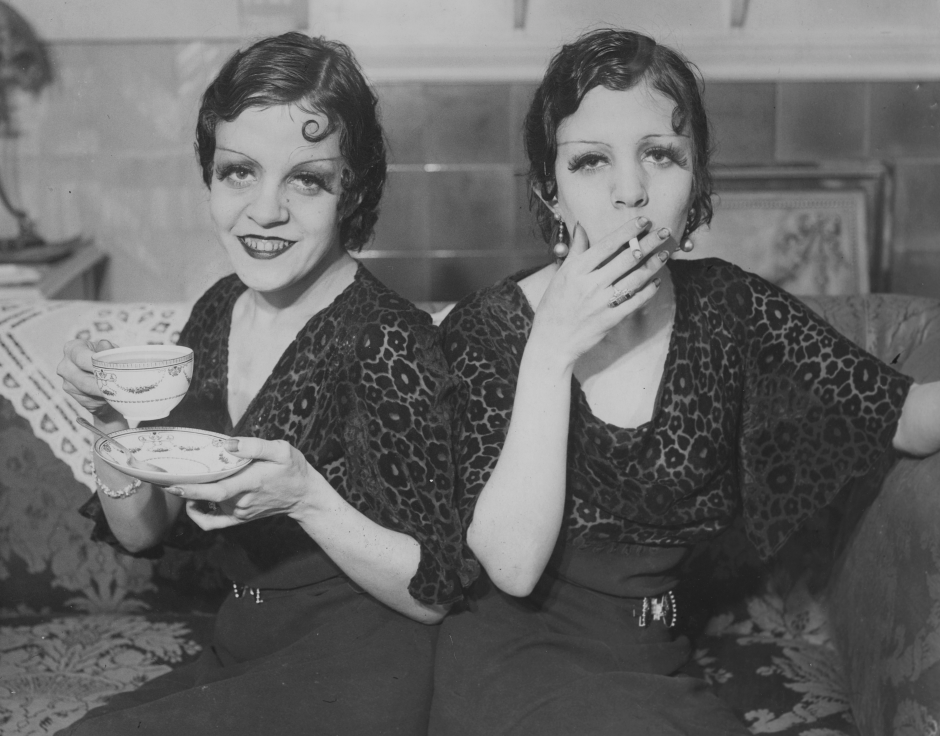
The Tragic End: Together Until the Last Breath
In late December 1968, Daisy fell ill with influenza. She died on January 4, 1969, leaving Violet still physically attached to her. For two to four harrowing days, Violet remained connected to her sister’s lifeless body, unable to separate. Eventually, Violet also succumbed to illness.
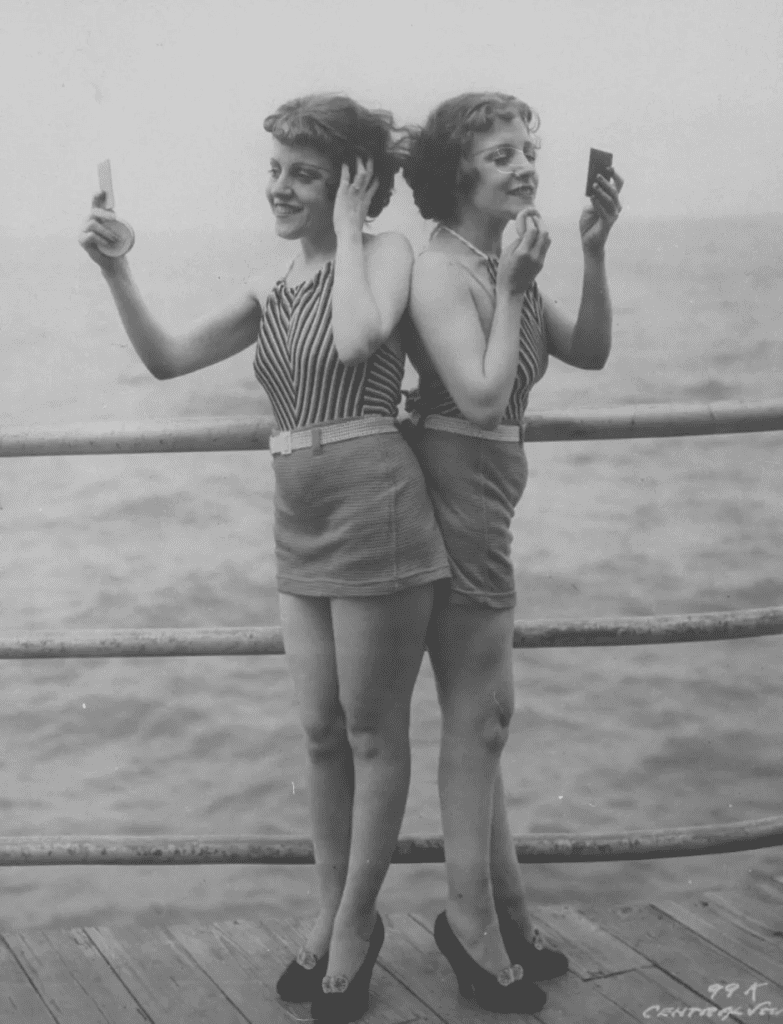
Their deaths shocked the world—not because they were famous performers, but because of the haunting reality of their final days. The image of Violet trapped beside her beloved sister in death became one of the most tragic symbols of their lifelong struggles.
Video : No one told us were conjoined!!!
The Science of Conjoined Twins: Rare and Complex
Conjoined twins occur in approximately one in every 50,000 to 60,000 births. They develop when an embryo only partially separates, leaving the siblings physically connected. Many are stillborn, and survival rates depend on where and how the twins are joined.
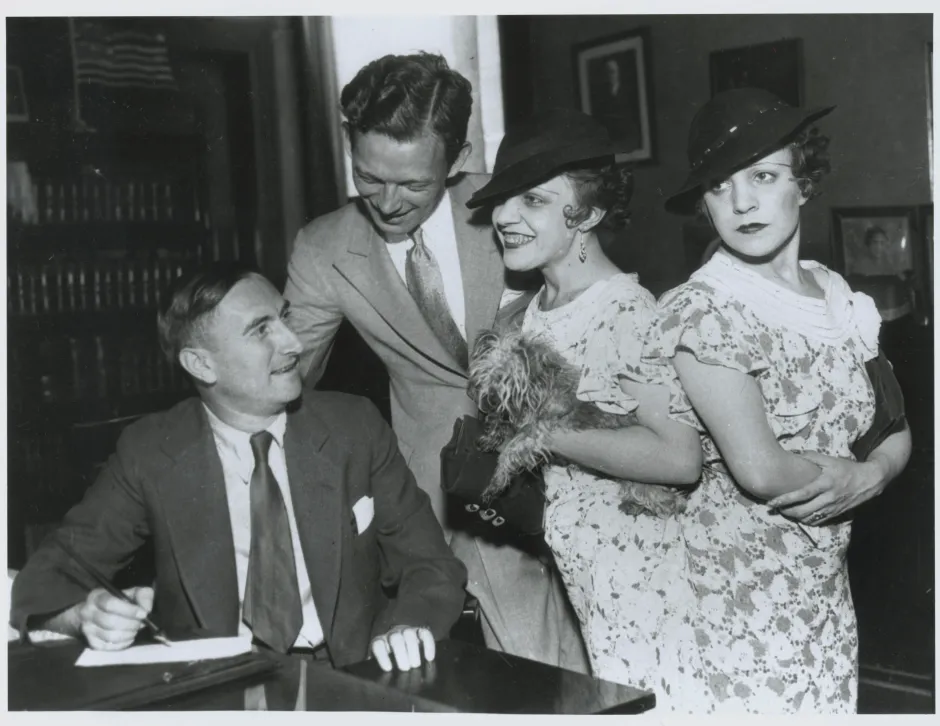
Modern medical advances now make separation possible in some cases, offering surviving twins a chance at independence. This progress means tragedies like Daisy and Violet’s final days would not happen today.
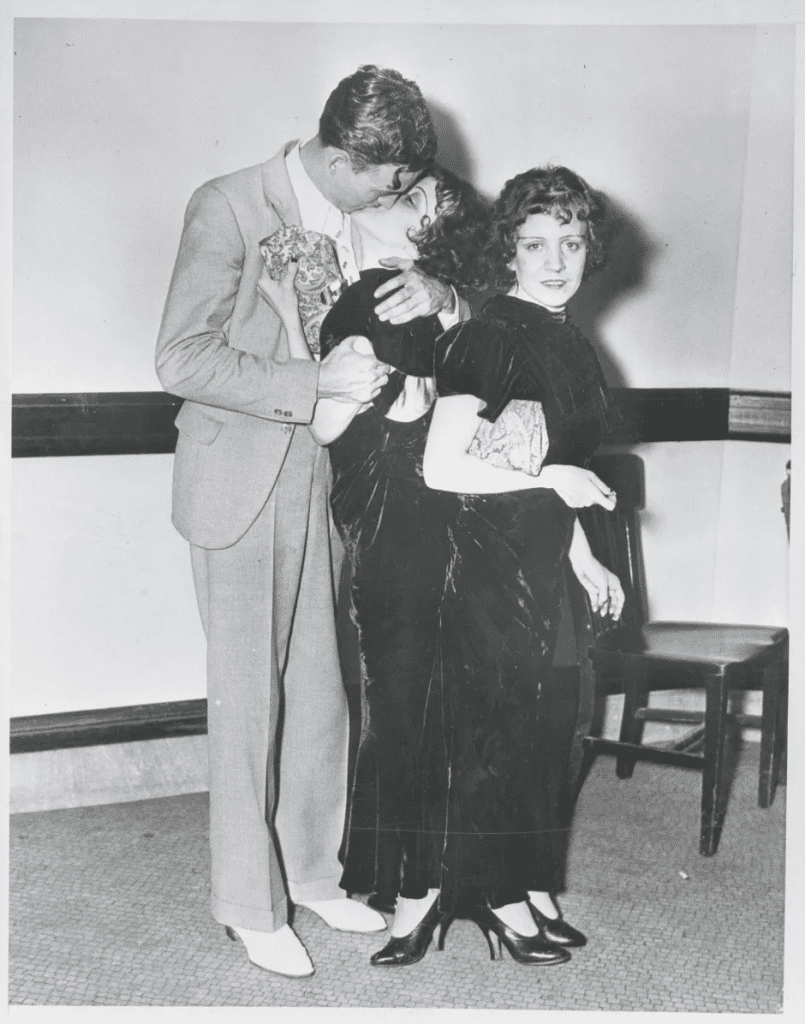
A Legacy of Courage and Sorrow
The Hilton sisters’ story is more than a tale of tragedy—it is also one of resilience. Despite the exploitation, legal battles, and heartbreak, they carved out a place in entertainment history and remain remembered for their strength.
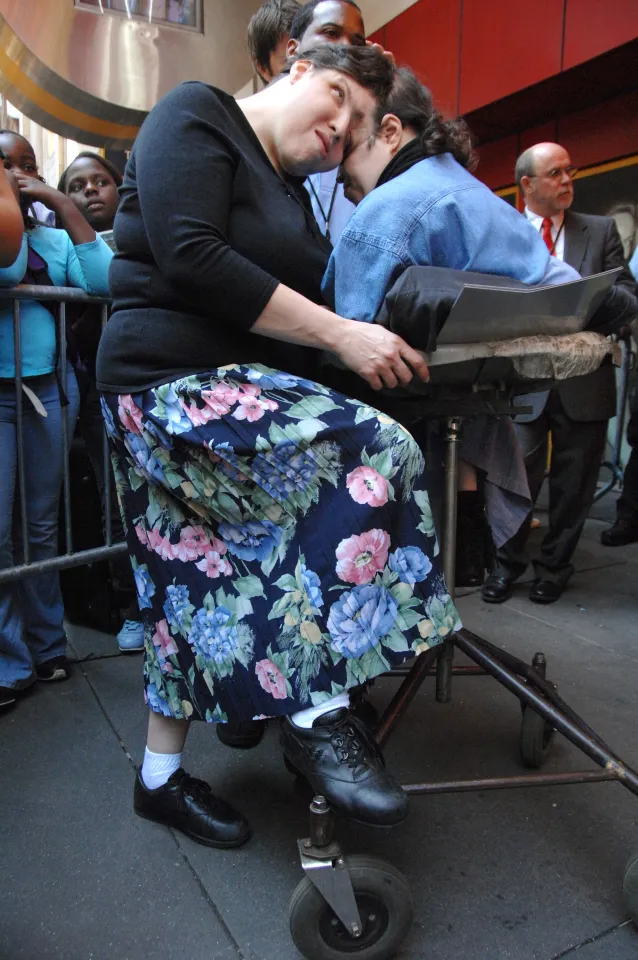
Their legacy lives alongside the stories of other famous conjoined twins like Lori and George Schappell, who recently passed away at 62, and Abby and Brittany Hensel, who continue to live full, vibrant lives today.
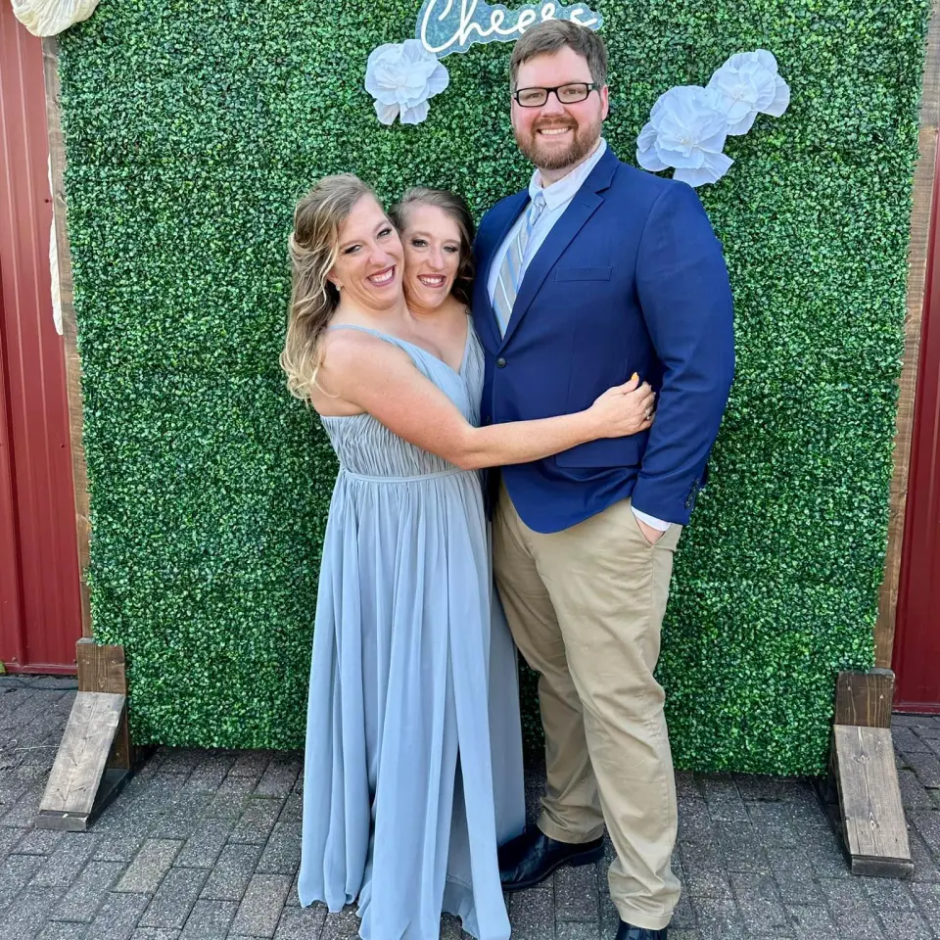
Conclusion: Remembering Daisy and Violet Hilton
Daisy and Violet Hilton’s lives were a paradox—filled with fame and applause, yet scarred by cruelty and denial of basic human rights. They were not simply sideshow attractions or pin-up performers; they were women who wanted what everyone longs for—freedom, love, and dignity.
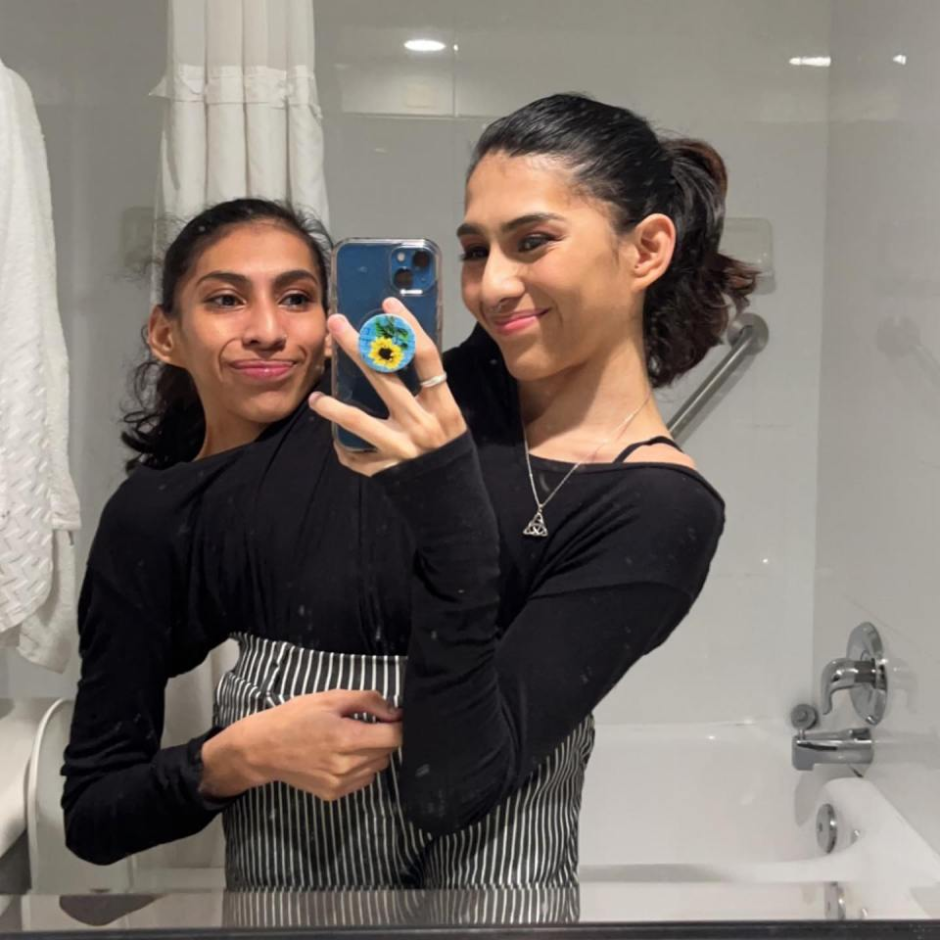
Their tragic end serves as a powerful reminder of how far society has come in recognizing and respecting people with unique conditions, and how far it still has to go. They were inseparable in life, in love, and ultimately in death. Their story continues to resonate, not just as a piece of entertainment history, but as a lesson in humanity.